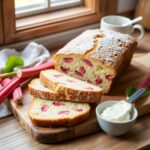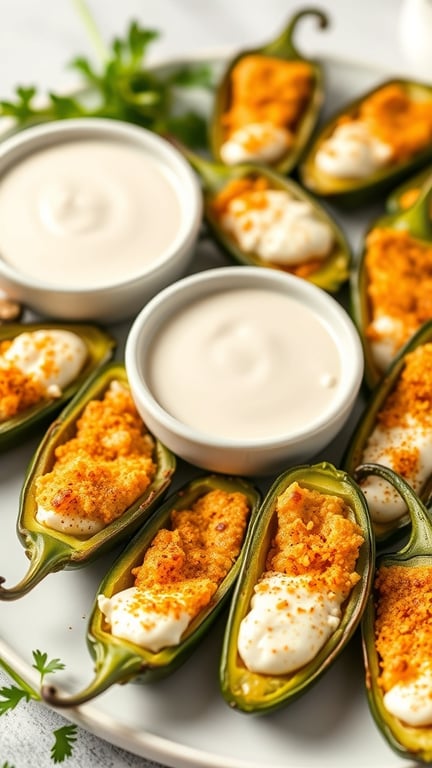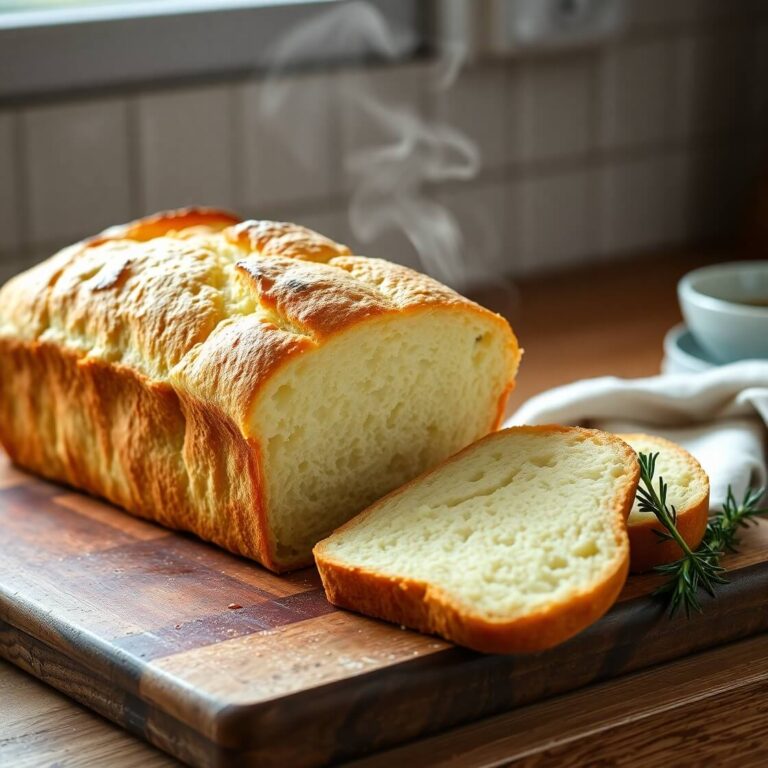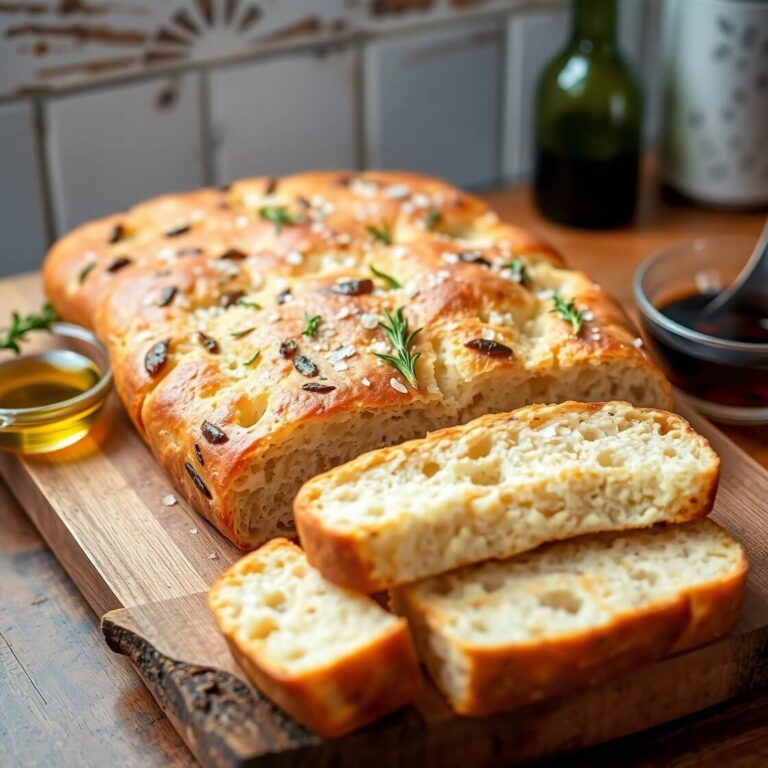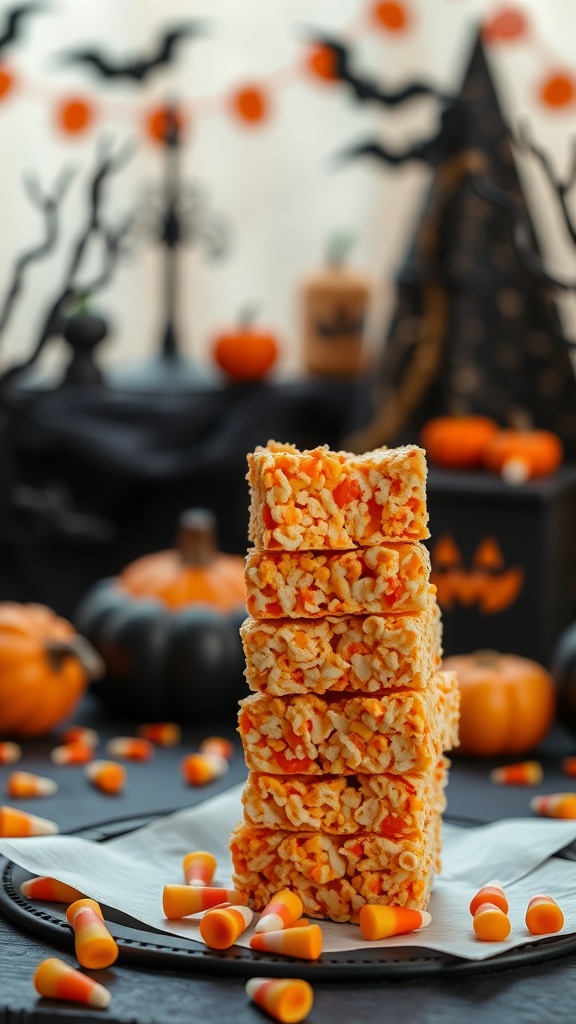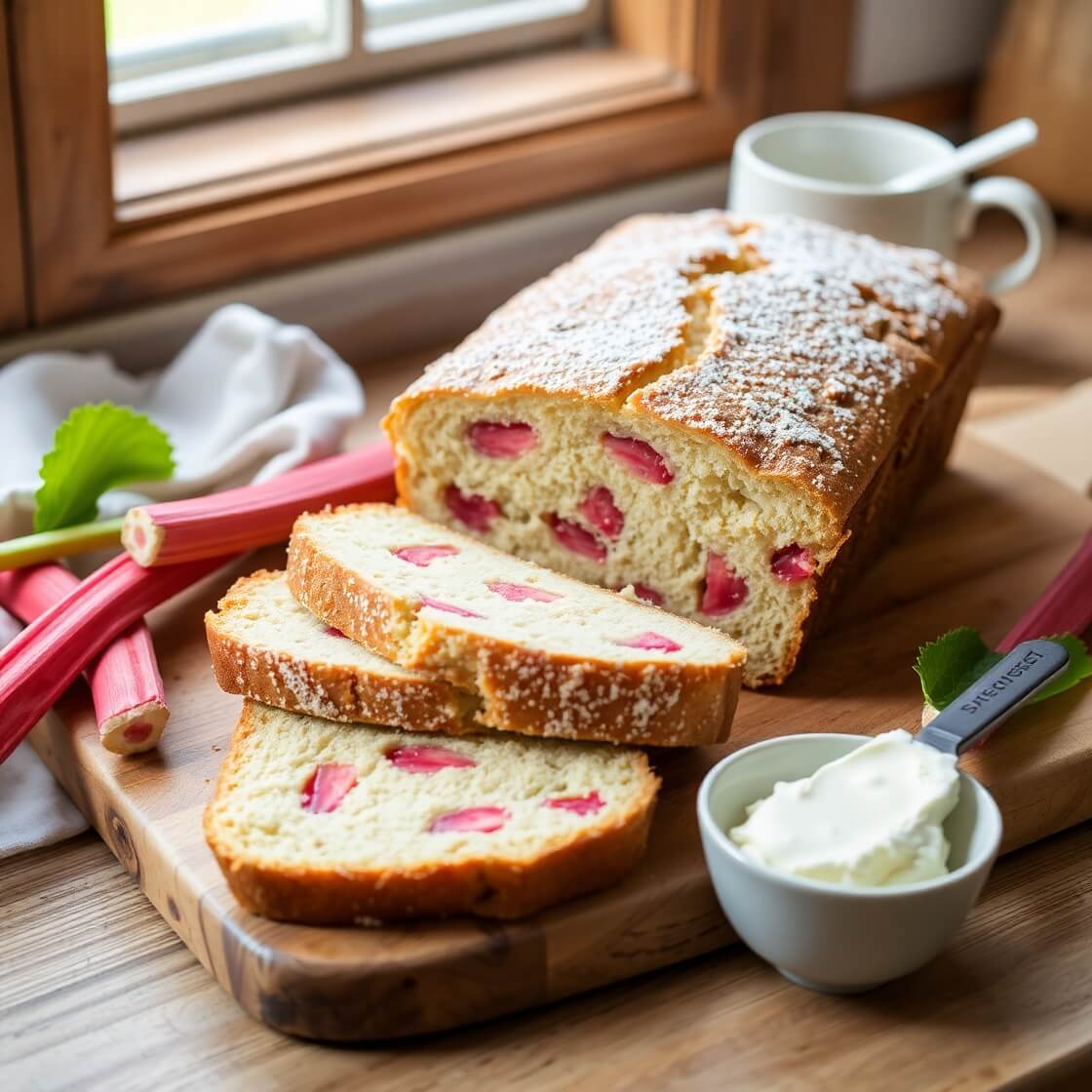
Rhubarb bread is a delightful twist on traditional quick breads, bringing together the tart brightness of rhubarb with the comforting, slightly sweet texture of a homemade loaf. I first experimented with this recipe during springtime, when fresh rhubarb stalks are abundant at the farmer’s market. There’s something magical about baking with rhubarb — it offers a balance of tang and subtle sweetness that makes every bite intriguing.
This bread is perfect for breakfast, a snack, or even an afternoon tea treat. If you’ve ever wondered how to use that odd bunch of rhubarb sitting in your fridge, this recipe is your answer. Stick around, and you’ll discover why this rhubarb bread might just become your new favorite seasonal treat.
Why I Love This Recipe
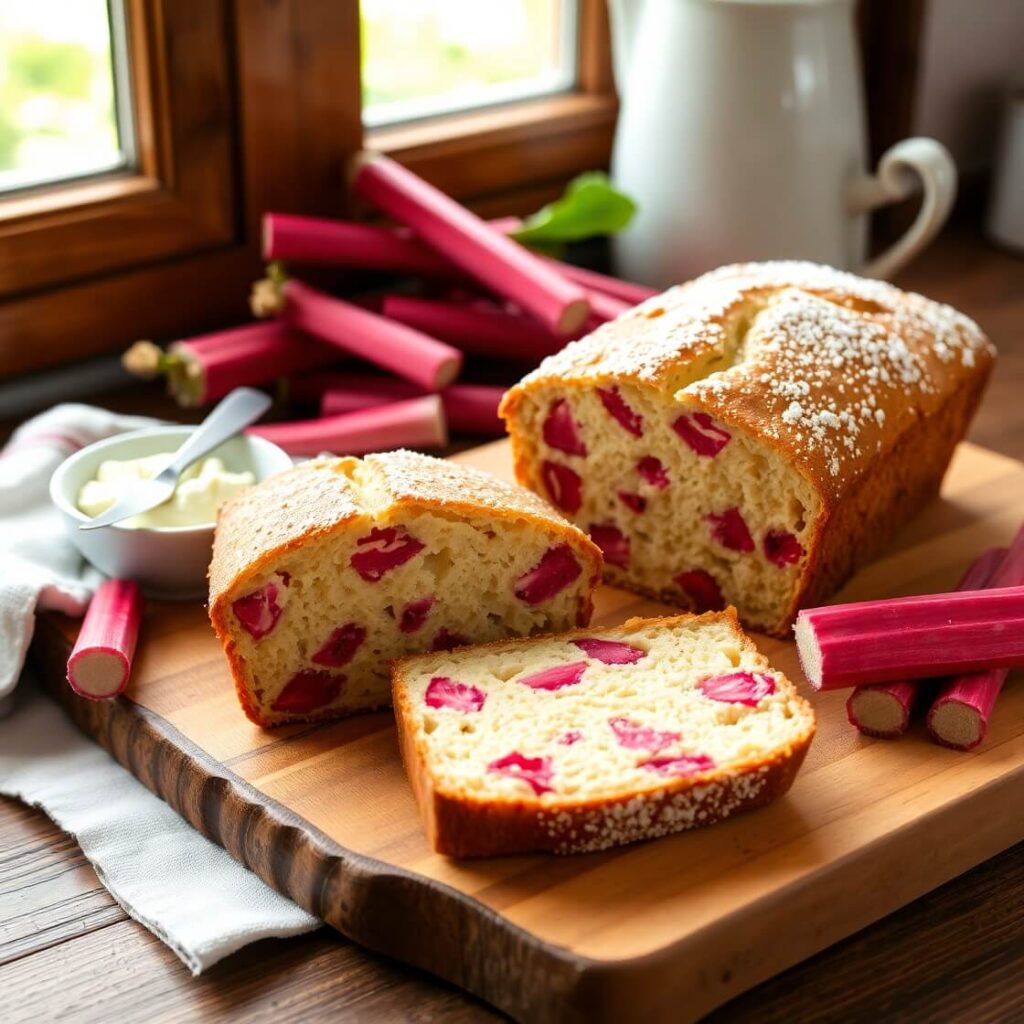
What makes this rhubarb bread stand out is its unique combination of flavors and textures. Unlike typical sweet breads, the rhubarb adds a natural tartness that cuts through the sugar and richness, giving it a fresh and lively taste. The bread is moist without being dense, and the slight crunch of the rhubarb bits provides an unexpected but pleasant contrast.
It’s a recipe that feels both rustic and elegant — simple enough for a casual weekend bake but special enough to serve to guests. Because rhubarb is often underused in home baking, this bread gives it a starring role that showcases its bright flavor perfectly. I love how the gentle sweetness comes from a modest amount of sugar, allowing the rhubarb’s character to shine through.
If you enjoy baking but want something different than the usual banana or zucchini bread, this rhubarb bread offers a refreshing alternative that is just as comforting and satisfying. Plus, it fills your kitchen with a wonderful aroma of vanilla, cinnamon, and fresh fruit as it bakes.
Ingredients for Rhubarb Bread
To create this rhubarb bread, you’ll need a selection of fresh, wholesome ingredients that complement the fruit’s tartness beautifully.
Fresh rhubarb is obviously the star ingredient — it should be firm, bright in color, and chopped into small pieces so it distributes evenly throughout the bread. The base of the bread relies on all-purpose flour for structure, along with baking powder and a touch of baking soda to help it rise perfectly.
For sweetness, we use granulated sugar but in a moderate amount, so it doesn’t overpower the rhubarb’s natural tartness. The wet ingredients include eggs, which add richness and bind the bread, and oil to keep it moist. I like to use vegetable or canola oil for a neutral flavor.
To deepen the flavor, a bit of vanilla extract and warm spices like cinnamon and nutmeg are added — these spices enhance the fruit’s natural zing without masking it.
You’ll also need a pinch of salt to balance the sweetness and baking soda to react with the acidity of the rhubarb, ensuring a tender crumb.
Finally, some recipes include a handful of chopped nuts like walnuts or pecans for added texture, but this is optional.
How Much Time Will You Need
Making this rhubarb bread is straightforward and doesn’t require much active time. Preparing the ingredients and mixing the batter should take around 15 to 20 minutes. The baking time is approximately 50 to 60 minutes, depending on your oven and loaf pan size.
In total, plan for about an hour and 15 minutes from start to finish. Allow extra time for cooling before slicing, as this helps the bread set and makes slicing easier.
This recipe is perfect for a weekend morning when you can let it bake while enjoying a cup of coffee or tea.
How to Make This Rhubarb Bread
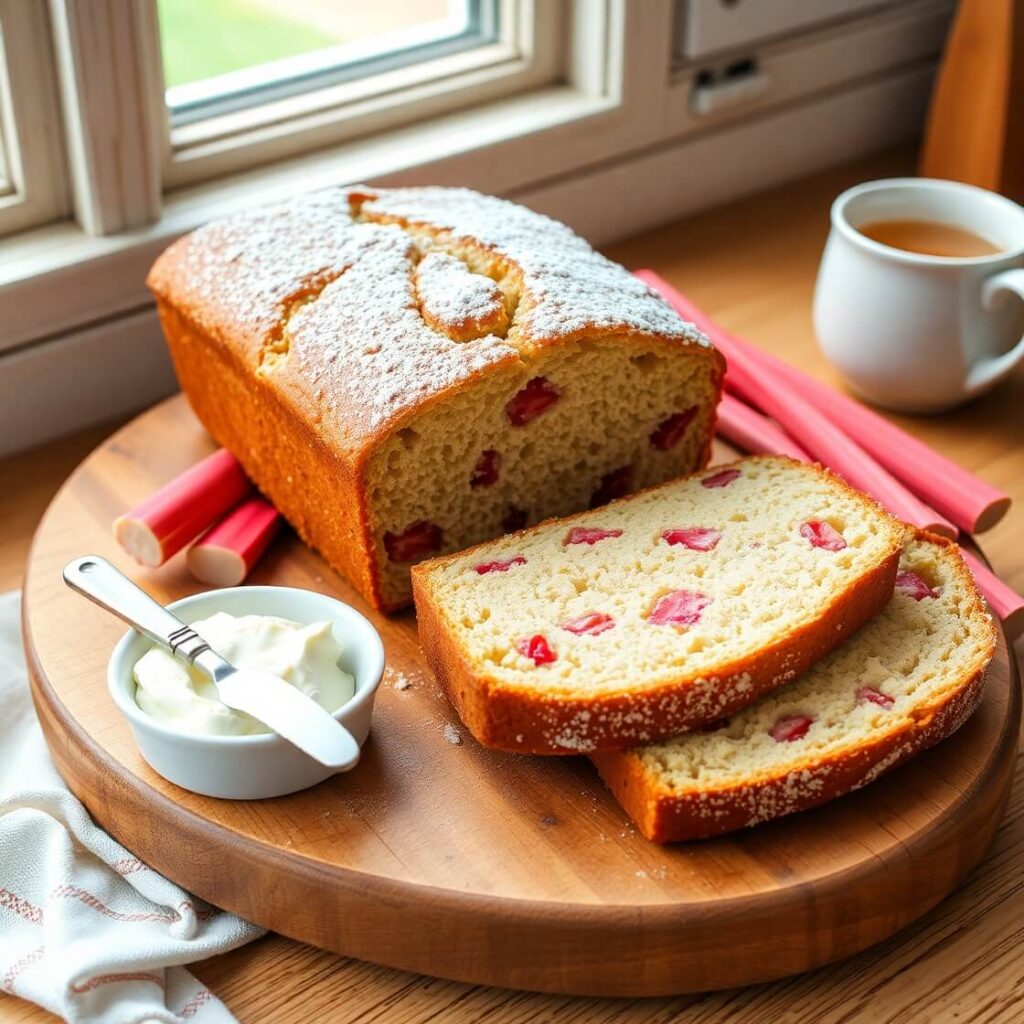
Step – 1: Prepare your rhubarb by washing the stalks thoroughly and chopping them into small, uniform pieces, about ¼ to ½ inch in size. This ensures even distribution and prevents large chunks that might cause sogginess.
Step – 2: Preheat your oven to 350°F (175°C). Grease a standard 9×5-inch loaf pan with butter or line it with parchment paper for easy removal.
Step – 3: In a large mixing bowl, whisk together the dry ingredients — 2 cups of all-purpose flour, 1 teaspoon baking powder, ½ teaspoon baking soda, ½ teaspoon salt, 1 teaspoon ground cinnamon, and ¼ teaspoon nutmeg.
Step – 4: In a separate bowl, beat 2 large eggs until frothy. Add ¾ cup of granulated sugar, ⅓ cup vegetable oil, and 1 teaspoon vanilla extract. Mix until fully combined.
Step – 5: Pour the wet ingredients into the dry ingredients and stir gently with a spatula just until combined. Avoid overmixing, which can make the bread tough.
Step – 6: Fold in the chopped rhubarb carefully, so it’s evenly dispersed throughout the batter.
Step – 7: Pour the batter into the prepared loaf pan and smooth the top with a spatula.
Step – 8: Bake in the preheated oven for 50 to 60 minutes, or until a toothpick inserted in the center comes out clean or with just a few moist crumbs.
Step – 9: Once baked, remove the bread from the oven and let it cool in the pan for about 10 minutes, then transfer it to a wire rack to cool completely before slicing.
Substitutions
If you don’t have fresh rhubarb on hand, frozen rhubarb can work, though it might add a bit more moisture, so consider reducing any additional liquid slightly.
For a gluten-free version, substitute the all-purpose flour with a gluten-free baking blend, but be mindful this may alter texture slightly.
If you prefer less sugar or a more natural sweetness, consider replacing part or all of the granulated sugar with maple syrup or honey. This will add a subtle depth of flavor and moistness.
You can swap vegetable oil for melted coconut oil or unsweetened applesauce to reduce fat content and add slight variations in flavor and texture.
For added crunch and richness, mix in chopped walnuts, pecans, or even sliced almonds.
If you want to make it vegan, replace the eggs with flax eggs (1 tablespoon ground flaxseed + 3 tablespoons water per egg) and use a neutral oil.
Best Side Dish of Rhubarb Bread
To elevate your rhubarb bread experience, here are three side dishes that pair wonderfully:
- A smear of cream cheese or mascarpone adds creamy tang and complements the bread’s tartness.
- Freshly brewed herbal tea, such as chamomile or lemon balm, balances the flavors with delicate notes.
- A bowl of vanilla Greek yogurt topped with honey and fresh berries adds creaminess and enhances the fruity vibe.
Serving and Presentation Tips
Serving rhubarb bread is all about showcasing its rustic charm while making it inviting and accessible. A simple slice on a wooden cutting board or a pretty ceramic plate works beautifully. To add a touch of elegance, lightly dust the top of the bread with powdered sugar just before serving. This subtle sweetness contrasts nicely with the tart rhubarb and makes the bread look irresistible.
For a breakfast or brunch spread, arrange slices of the bread alongside small bowls of softened butter, fruit preserves, or cream cheese. Garnishing the plate with fresh mint leaves or thin lemon zest strips adds a pop of color and freshness that complements the rhubarb’s brightness.
If serving at a casual gathering or tea party, stack slices on a tiered cake stand to create visual interest. For individual servings, add a dollop of whipped cream or a drizzle of honey on the side to elevate each bite.
Presentation doesn’t have to be complicated—simple touches like these make your rhubarb bread feel special and inviting every time.
Tips and Tricks to Make This Recipe Even Better
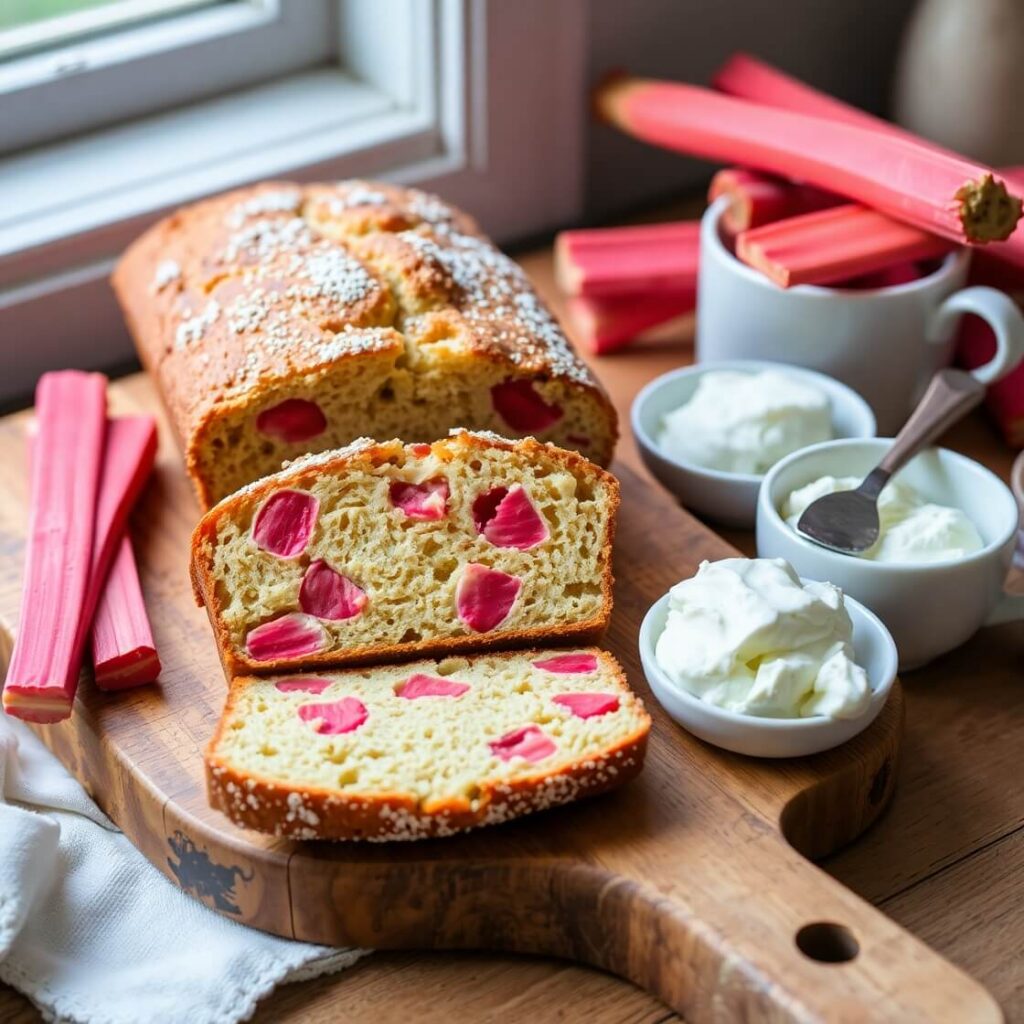
One of the best ways to enhance your rhubarb bread is to pay attention to ingredient quality and preparation techniques. Using fresh, firm rhubarb is essential for that perfect tartness and texture. Overripe or soft rhubarb can become mushy and overly sour, which might weigh down the bread.
Be careful not to overmix your batter; stir just until the dry ingredients are incorporated. Overmixing activates gluten in the flour, leading to a tougher crumb instead of a tender one.
If you prefer a sweeter bread, feel free to increase the sugar slightly, but remember the rhubarb’s natural tartness balances it beautifully as is.
To add an extra dimension of flavor, consider tossing the chopped rhubarb with a tablespoon of sugar and a sprinkle of cinnamon before folding it into the batter. This quick maceration softens the rhubarb slightly and releases its juices for a more intense flavor.
For a moist, tender crumb, don’t skip the oil in the recipe—it keeps the bread soft even days after baking.
Finally, always let the bread cool completely before slicing. This resting time allows the crumb to set, making clean cuts easier and preserving the bread’s texture.
Common Mistakes to Avoid
One common pitfall when baking rhubarb bread is adding too much liquid or moisture, especially if using frozen rhubarb that hasn’t been fully drained. Excess moisture can cause the bread to bake unevenly or become soggy.
Another mistake is overmixing the batter, which can develop gluten and result in a dense, chewy texture rather than a light and tender loaf.
Using rhubarb stalks that are too thick or fibrous can cause unpleasant strings in the bread. Trim any tough ends and chop into uniform small pieces to avoid this.
Skipping the baking powder or soda or using expired leavening agents can cause your bread not to rise properly. Always check your ingredients’ freshness.
Finally, cutting into the bread too soon after baking can cause it to crumble or become gummy. Patience in cooling will give you perfect slices.
How to Store It
Rhubarb bread keeps best when stored properly to maintain moisture and freshness. Once completely cooled, wrap the loaf tightly in plastic wrap or place it in an airtight container.
Store at room temperature for up to three days. If you want to keep it longer, refrigeration can extend shelf life to about a week but may dry it out slightly—bringing it back to room temperature before serving helps.
For longer storage, freeze the bread wrapped in plastic and then foil. It can keep well in the freezer for up to three months. Thaw overnight in the refrigerator or at room temperature.
Slicing before freezing makes it easy to pull out individual servings to toast or warm up on demand.
FAQ
Can I use frozen rhubarb instead of fresh?
Yes, frozen rhubarb works, but be sure to thaw and drain it well to avoid excess moisture in the batter.
Is it possible to make this bread gluten-free?
Absolutely! Use a 1:1 gluten-free baking flour blend and keep an eye on texture, as gluten-free flours absorb liquids differently.
Can I add nuts or seeds?
Yes, chopped walnuts, pecans, or even sunflower seeds add wonderful crunch and depth of flavor.
How can I make this recipe vegan?
Replace eggs with flax eggs (1 tablespoon ground flaxseed mixed with 3 tablespoons water per egg) and use a plant-based oil. Ensure other ingredients like sugar are vegan-friendly.
What’s the best way to serve rhubarb bread?
It’s lovely toasted with butter or cream cheese or alongside herbal tea or coffee.
Rhubarb Bread
A beautifully moist and tender quick bread that balances the bright tartness of fresh rhubarb with warm spices and subtle sweetness. Perfect for spring and summer baking, this loaf is easy to make and offers a refreshing alternative to classic banana or zucchini breads. It’s ideal for breakfast, snacks, or sharing with friends over tea. The gentle cinnamon and nutmeg notes complement the rhubarb perfectly, creating a comforting yet lively flavor that’s sure to please any palate.
- Prep Time: 15 minutes
- Cook Time: 55 minutes
- Total Time: 1 hour 10 minutes
- Yield: 1
- Category: Quick Bread, Snack, Breakfast
- Method: Baking
- Cuisine: American
- Diet: Vegetarian
Ingredients
- 2 cups all-purpose flour
- 1 teaspoon baking powder
- ½ teaspoon baking soda
- ½ teaspoon salt
- 1 teaspoon ground cinnamon
- ¼ teaspoon nutmeg
- ¾ cup granulated sugar
- 2 large eggs
- ⅓ cup vegetable oil
- 1 teaspoon vanilla extract
- 1 ½ cups chopped fresh rhubarb (about 3–4 stalks)
- Optional: ½ cup chopped walnuts or pecans
Instructions
- Preheat oven to 350°F (175°C). Grease and line a 9×5-inch loaf pan.
- In a large bowl, whisk together flour, baking powder, baking soda, salt, cinnamon, and nutmeg.
- In another bowl, beat eggs with sugar, oil, and vanilla until smooth.
- Combine wet and dry ingredients gently, stirring just until mixed. Avoid overmixing.
- Fold in chopped rhubarb (and nuts if using).
- Pour batter into prepared pan and smooth the surface.
- Bake 50-60 minutes or until a toothpick comes out clean.
- Cool in pan for 10 minutes, then transfer to wire rack to cool completely before slicing.
Notes
- Ensure rhubarb is chopped small for even distribution.
- Do not overmix batter to keep bread tender.
- Let bread cool fully for best slicing results.
- Optional nuts add great texture but can be omitted for nut-free version.
Nutrition
- Serving Size: 1
- Calories: 180
- Sugar: 15g
- Sodium: 150mg
- Fat: 7g
- Saturated Fat: 1g
- Unsaturated Fat: 6g
- Trans Fat: 0g
- Carbohydrates: 27g
- Fiber: 1g
- Protein: 3g
- Cholesterol: 35mg

